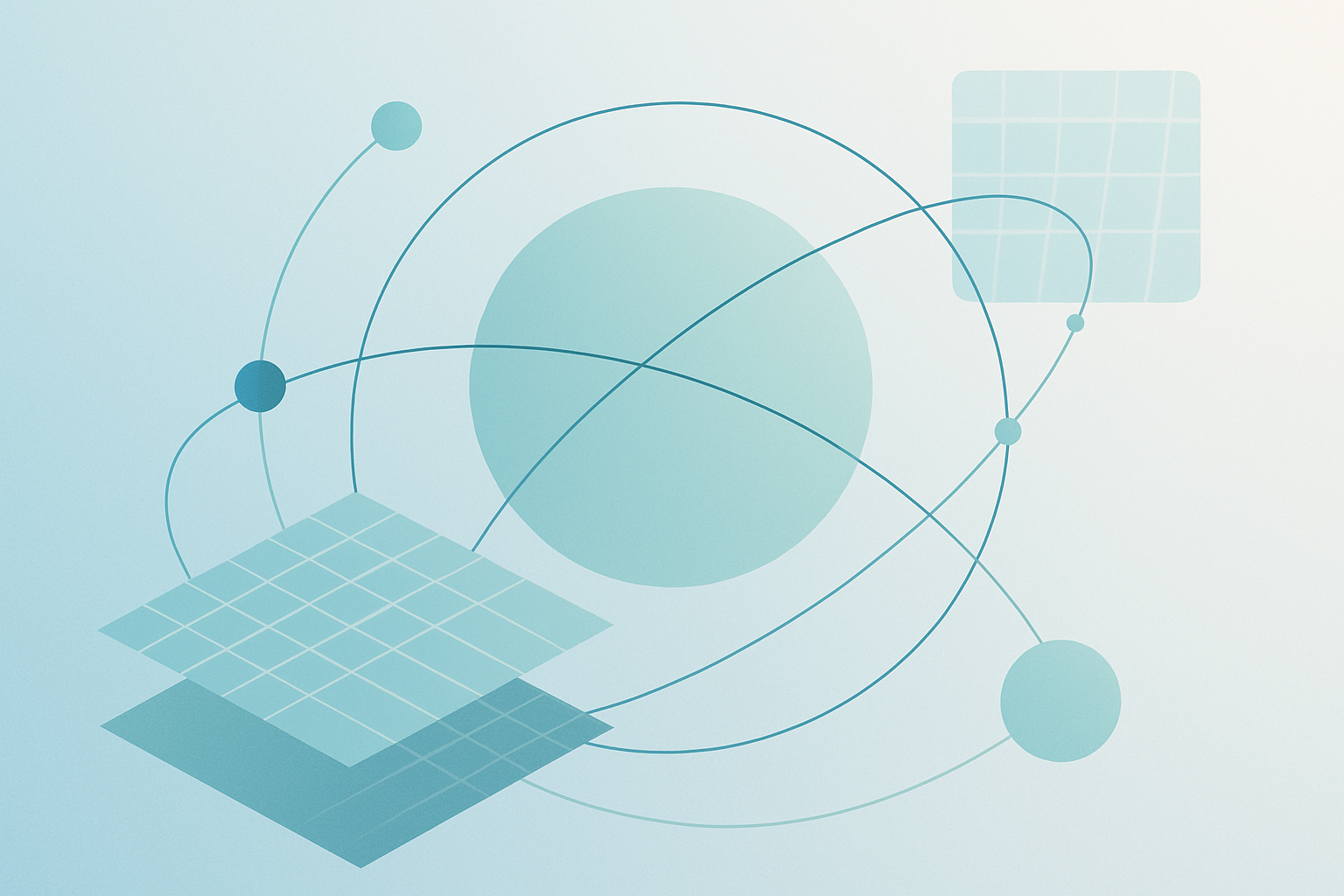The EdTech tools shaping the next generation of educators
The average attention span is 8.35 seconds. Yet, according to Professor Gloria Mark, PhD, our ability to concentrate has decreased over the past few decades.
Prof Mark tells the American Psychological Association (APA) that because our lives are tethered to constant distractions, it’s only logical that something as simple as focusing is affected.
So, imagine being an educator or lecturer attempting to teach a class while competing with their smartphones, tablets, and other devices. Well, you can’t. As they say, if you can’t beat them, join them.
The education space is no longer dusty chalkboards and overhead projectors. The modern classroom is smarter and more plugged in. As the academic world continues to surf the digital wave, one thing is clear: technology is the new backbone of teaching.
The rise of smart classrooms
Today’s classrooms look more like NASA control centers than old-school lecture halls, and that’s a good thing.
Interactive whiteboards and displays
No more smearing dry-erase ink across your suit. Tools like Promethean and SMART Boards bring lessons to life with interactive diagrams, touch-response quizzes, and live annotation.
Students can collaborate directly on the board or from their own devices. No one’s dozing off in the back row anymore, and no one’s glued to their smartphones.
Learning Management Systems (LMS)
From Google Classroom to Canvas and Moodle, these platforms are the digital HQs for lesson plans, assignments, feedback, and class discussions.
Technology has opened up more personalized paths to student success by streamlining operations, notes a Forbes Tech Council article. Teachers can track progress, give instant feedback, and automate grading (cue choir of exhausted educators cheering).
AI in the classroom: From sci-fi to real life
Once the stuff of futuristic fantasies and Hollywood blockbusters, AI is now a lesson-planning partner, grading assistant, and adaptive tutor.
No robot uprising (yet), just smarter teaching.
Personalized learning
AI platforms Century Tech and Knewton adjust difficulty and content in real time based on each student’s performance. Struggling learners get more support; advanced ones stay challenged.
AI-powered grading and feedback
Natural language processing (NLP) allows AI to assist with evaluating essays, grammar, and comprehension. It doesn’t replace your professional judgment, but it sure helps speed things up.
According to the World Economic Forum, AI will become crucial in reducing teacher workload and supporting scalable, individualized learning. And that’s something we can all get behind.
EdTech for educators: support, not stress
Plot twist: EdTech isn’t only for students; it’s also reshaping how teachers are trained, supported, and inspired.
Online degree programs for educators
Let us cite an example of a specialized niche, such as nursing education. An MSN in Education online program is designed for working nurses transitioning into teaching roles. This master’s degree combines advanced clinical knowledge with EdTech integration.
Nurses become certified nurse educators who know how to use digital tools and deliver compassionate, effective instruction. Spring Arbor University further explains that nursing students can continue working full-time while earning their MSN in nursing education.
Whether in nursing or STEM, MSN nursing education programs with a tech-forward curriculum produce educators who are skilled in advanced nursing practice and have a master’s in nursing education.
Teacher-facing tools
Platforms like Edpuzzle, Nearpod, and Screencastify empower teachers to create engaging content without a video production degree.
The Learning Counsel points out, “The real innovation in EdTech isn’t just the tools; it’s in how they empower teachers to inspire.”
VR, AR, and the magic of ‘whoa’
Passive learning will soon be labeled as outdated and archaic. Now your students can walk through the Colosseum, explore the human heart, or simulate a chemistry lab explosion.
zSpace, ClassVR, and Google Expeditions bring immersive learning to classrooms. In subjects like biology, history, or engineering, students learn by doing, even if that “doing” involves dissecting a virtual frog.
“Experiential learning is no longer limited by location or resources,” explains Radixweb. “Virtual simulations and augmented learning environments foster higher retention and engagement.”
Data-driven instruction without the dread
Data can feel overwhelming. When it’s used well, it’s a secret superpower for teaching.
Modern EdTech platforms implement user-friendly dashboards showing which students are thriving and who might need a boost. You can track everything from quiz scores to engagement time and adjust your teaching in real time.
Some platforms offer early-warning systems that flag students at risk of falling behind, based on behavioral and academic patterns. It’s like having a crystal ball with graphs.
Always remember that EdTech is not about replacing educators but rather about equipping you with the right tools to connect, engage, and teach more effectively.
Technology can automate tasks, enrich learning, and offer new ways to communicate. It still needs your expertise, creativity, and old-fashioned empathy.




















